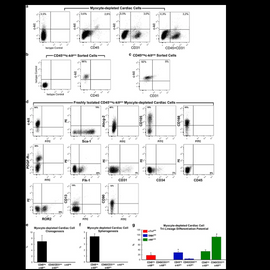 Adult cardiac stem cells are multipotent and robustly myogenic: c-kit expression is necessary but not sufficient for their identification
Adult cardiac stem cells are multipotent and robustly myogenic: c-kit expression is necessary but not sufficient for their identificationMay 8, 2025
Multipotent adult resident cardiac stem cells (CSCs) were first identified by the expression of c-kit, the stem cell factor receptor. However, in the adult myocardium c-kit alone cannot distinguish CSCs from other c-kit-expressing (c-kitpos) cells.
 The cardiac stem cell compartment is indispensable for myocardial cell homeostasis, repair and regeneration in the adult
The cardiac stem cell compartment is indispensable for myocardial cell homeostasis, repair and regeneration in the adultMay 8, 2025
Resident cardiac stem cells in embryonic, neonatal and adult mammalian heart have been identified by different membrane markers and transcription factors. However, despite a flurry of publications no consensus has been reached on the identity and actual regenerative effects of the adult cardiac stem cells.
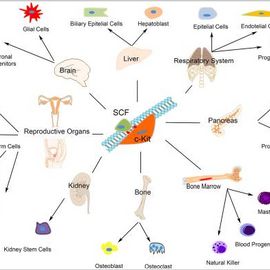 Role of c-Kit in Myocardial Regeneration and Aging
Role of c-Kit in Myocardial Regeneration and AgingApr 30, 2025
c-Kit, a type III receptor tyrosine kinase (RTK), is involved in multiple intracellular signaling whereby it is mainly considered a stem cell factor receptor, which participates in vital functions of the mammalian body, including the human.
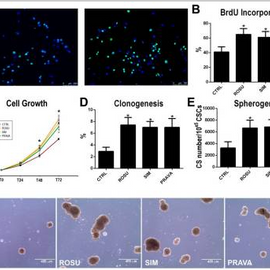 Statins Stimulate New Myocyte Formation After Myocardial Infarction by Activating Growth and Differentiation of the Endogenous Cardiac Stem Cells
Statins Stimulate New Myocyte Formation After Myocardial Infarction by Activating Growth and Differentiation of the Endogenous Cardiac Stem CellsApr 30, 2025
The 3-hydroxy-3-methylglutaryl coenzyme A (HMG-CoA) reductase inhibitors (statins) exert pleiotropic effects on cardiac cell biology which are not yet fully understood. Here we tested whether statin treatment affects resident endogenous cardiac stem/progenitor cell (CSC) activation in vitro and in vivo after myocardial infarction (MI)
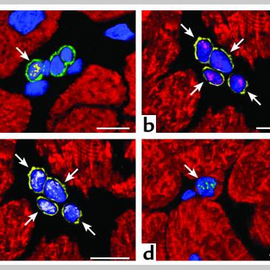 A matter of life and death: cardiac myocyte apoptosis and regeneration
A matter of life and death: cardiac myocyte apoptosis and regenerationApr 30, 2025
Of late, life has become more complicated in cardiovascular biology. Life was simpler when the prevalent dogma stating that the heart is a terminally differentiated organ without regenerative capacity remained unchallenged
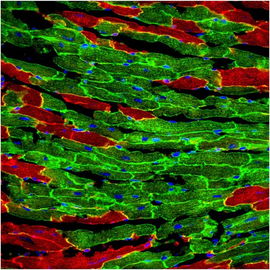 The baby and the bath water: adult cardiac stem cells revisited
The baby and the bath water: adult cardiac stem cells revisitedApr 30, 2025
Heart failure (HF), the progressive disorder with >50% mortality 5 years after onset, is due to a deficit in cardiomyocyte number and/or function. Despite remarkable treatment advances, HF remains a major challenge in cardiovascular medicine because, except for heart transplant, none of the available therapy stably restores the deficit in functional cardiomyocytes.
 Atrial myxomas arise from multipotent cardiac stem cells
Atrial myxomas arise from multipotent cardiac stem cellsApr 10, 2025
Aims Cardiac myxomas usually develop in the atria and consist of an acid-mucopolysaccharide-rich myxoid matrix with polygonal stromal cells scattered throughout. These human benign tumours are a valuable research model because of the rarity of cardiac tumours, their clinical presentation and uncertain origin. Here, we assessed whether multipotent cardiac stem/progenitor cells (CSCs) give rise to atrial myxoma tissue.
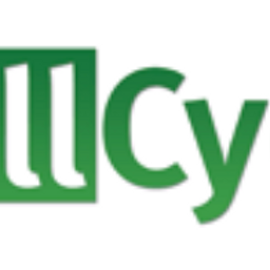 Molecular basis of functional myogenic specification of Bona Fide multipotent adult cardiac stem cells
Molecular basis of functional myogenic specification of Bona Fide multipotent adult cardiac stem cellsApr 10, 2025
Ischemic Heart Disease (IHD) remains the developed world’s number one killer. The improved survival from Acute Myocardial Infarction (AMI) and the progressive aging of western population brought to an increased incidence of chronic Heart Failure (HF), which assumed epidemic proportions nowadays.
 Porcine Skeletal Muscle-Derived Multipotent PW1pos/Pax7neg Interstitial Cells: Isolation, Characterization, and Long-Term Culture
Porcine Skeletal Muscle-Derived Multipotent PW1pos/Pax7neg Interstitial Cells: Isolation, Characterization, and Long-Term CultureApr 10, 2025
This study demonstrates, in an animal model with size and physiology extrapolatable to the human, that porcine skeletal muscle-derived PW1pos/Pax7neg interstitial progenitor cells are a source of stem/progenitor cells. These findings open new avenues for a variety of solid tissue engineering and regeneration using a single multipotent stem cell type isolated from an easily accessible source such as skeletal muscle.
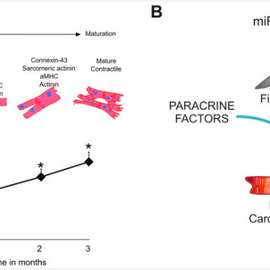 MicroRNAs and cardiac regeneration
MicroRNAs and cardiac regenerationFeb 27, 2025
The human heart has a very limited capacity to regenerate lost or damaged cardiomyocytes following cardiac insult. Instead, myocardial injury is characterized by extensive cardiac remodeling by fibroblasts, resulting in the eventual deterioration of cardiac structure and function.
 Nerves Regulate Cardiomyocyte Proliferation and Heart Regeneration
Nerves Regulate Cardiomyocyte Proliferation and Heart RegenerationFeb 27, 2025
Some organisms, such as adult zebrafish and newborn mice, have the capacity to regenerate heart tissue following injury. Unraveling the mechanisms of heart regeneration is fundamental to understanding why regeneration fails in adult humans.
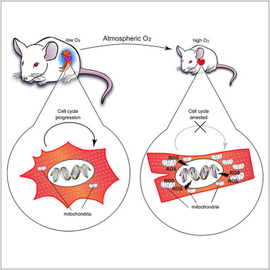 The Oxygen-Rich Postnatal Environment Induces Cardiomyocyte Cell-Cycle Arrest through DNA Damage Response
The Oxygen-Rich Postnatal Environment Induces Cardiomyocyte Cell-Cycle Arrest through DNA Damage ResponseFeb 18, 2025
The mammalian heart has a remarkable regenerative capacity for a short period of time after birth, after which the majority of cardiomyocytes permanently exit cell cycle.
 Adult cardiac stem cells are multipotent and robustly myogenic: c-kit expression is necessary but not sufficient for their identification
Adult cardiac stem cells are multipotent and robustly myogenic: c-kit expression is necessary but not sufficient for their identification











